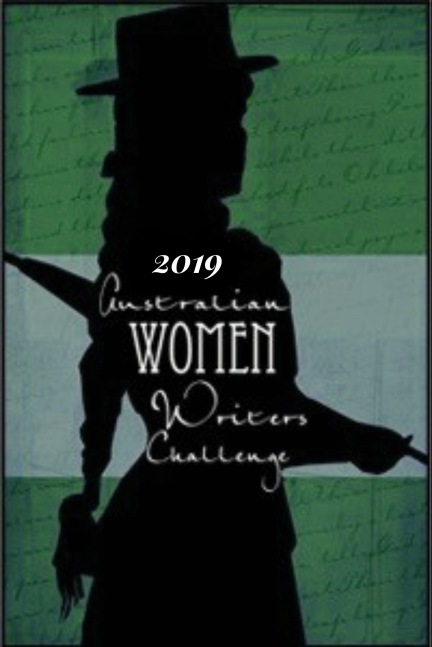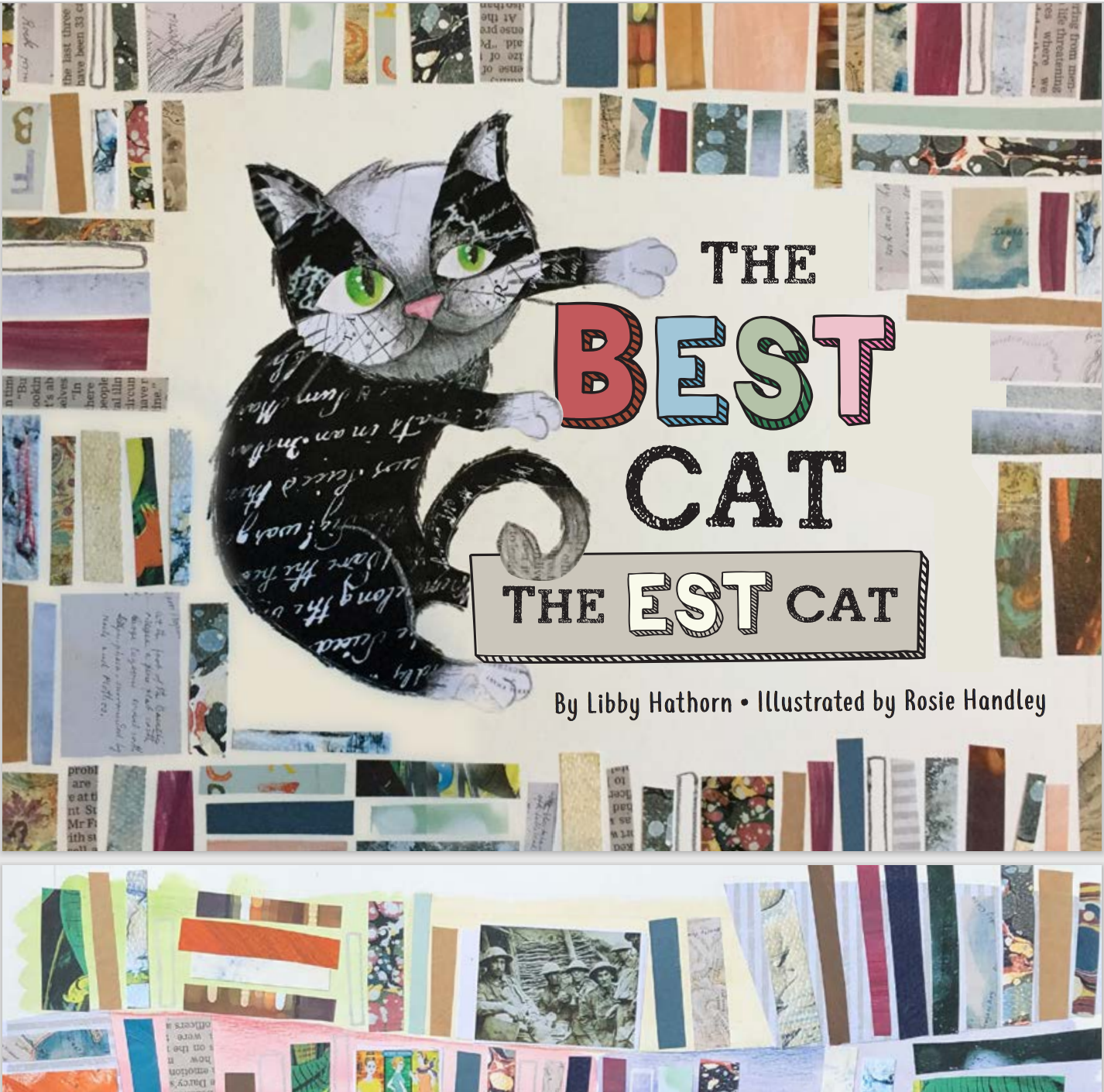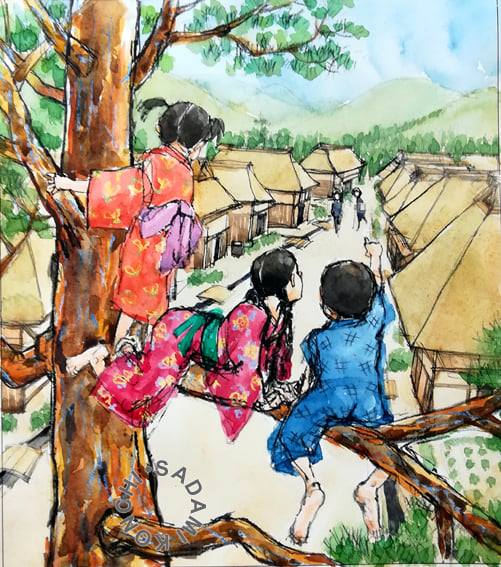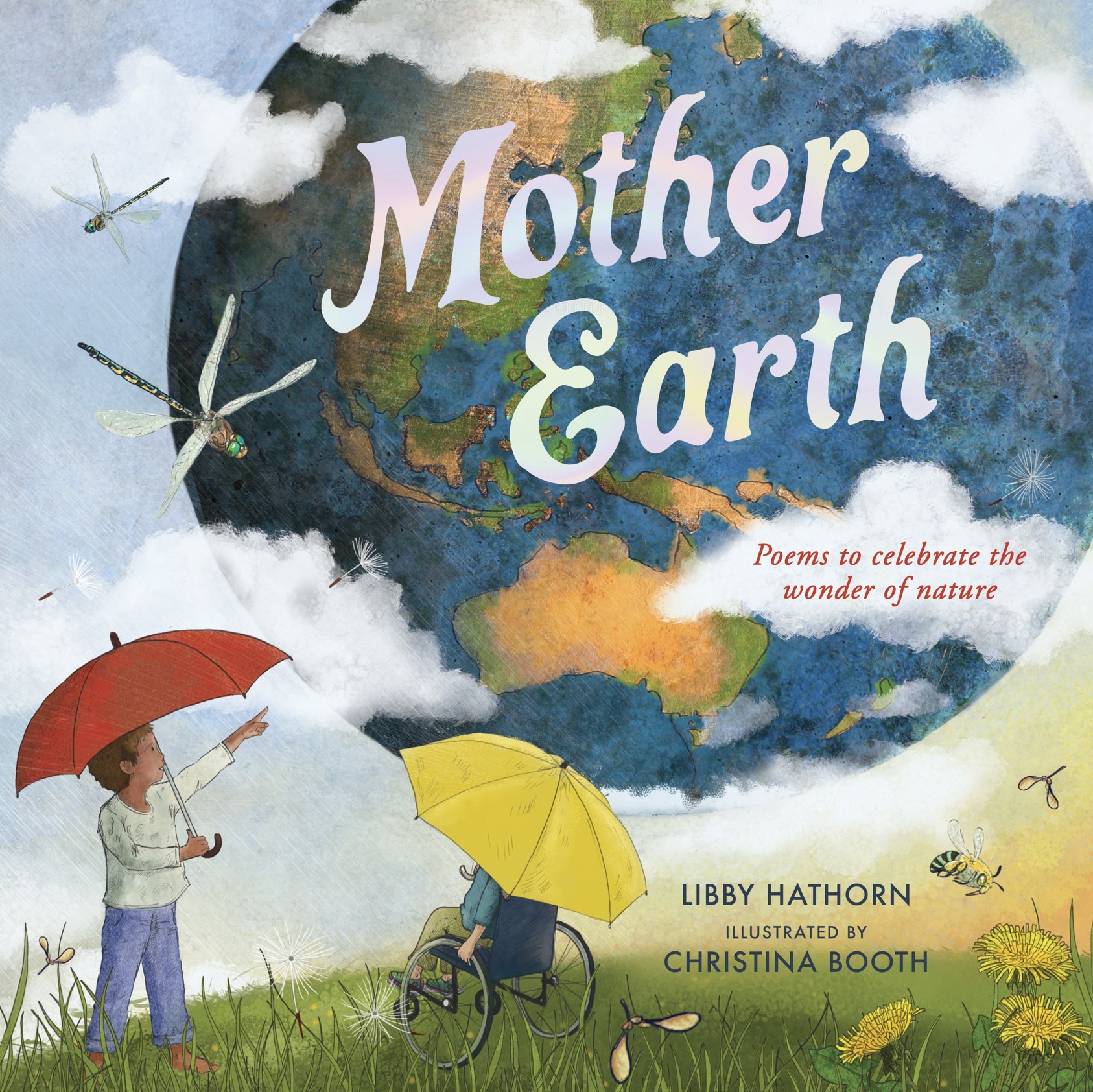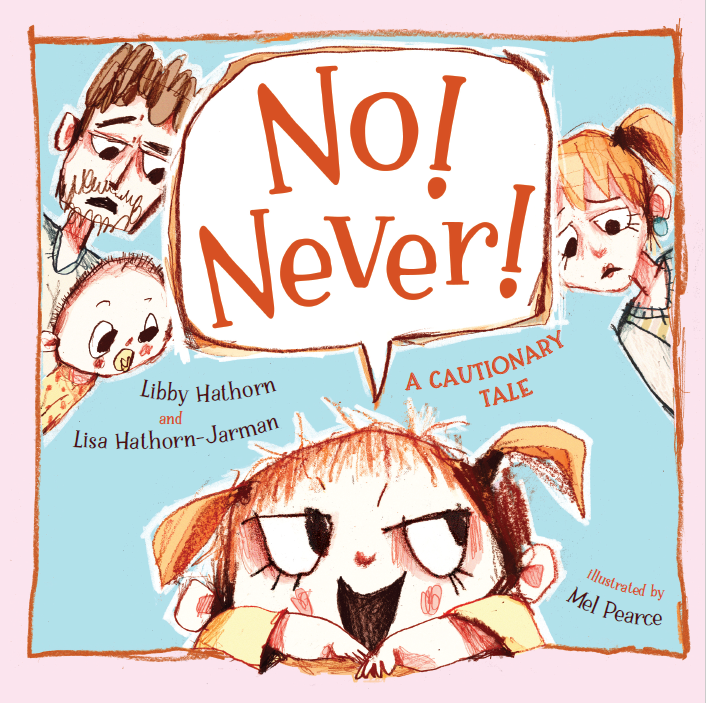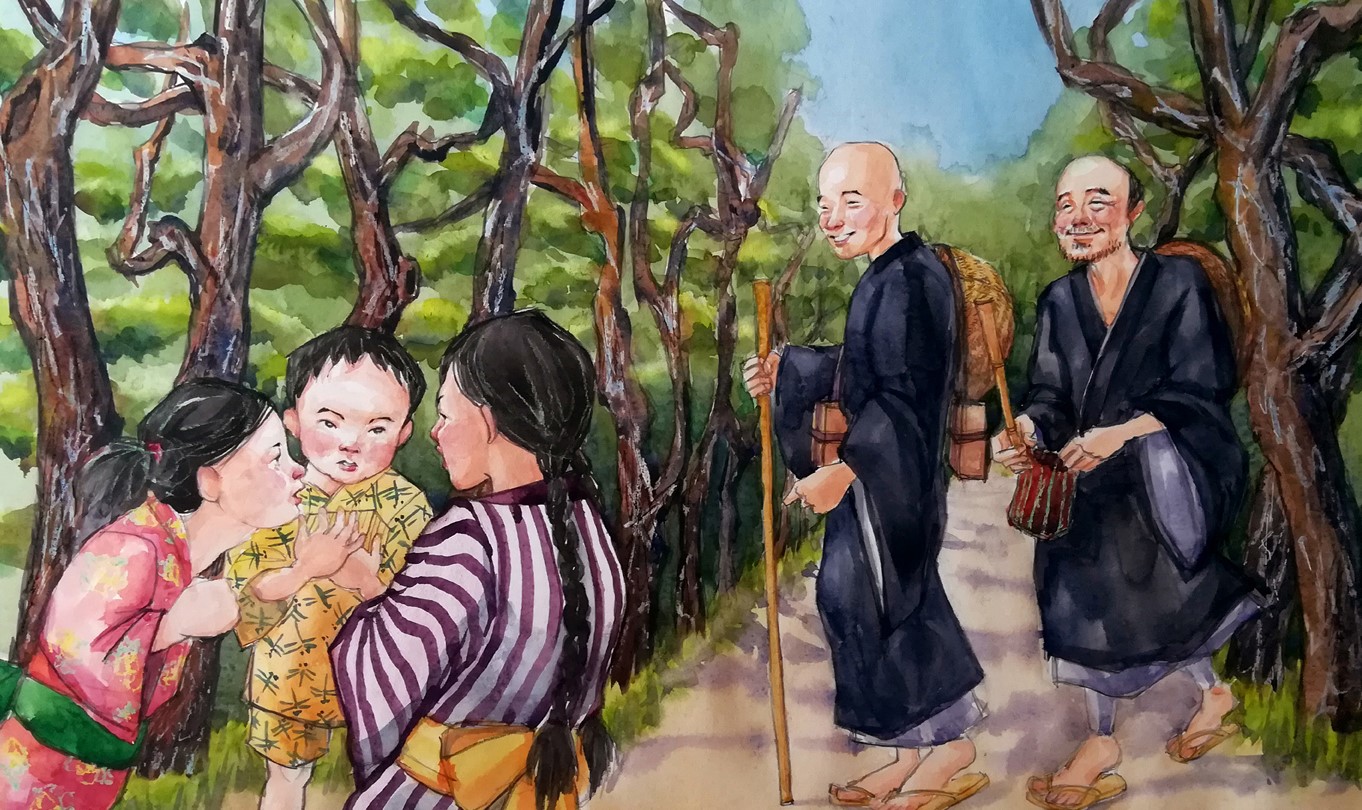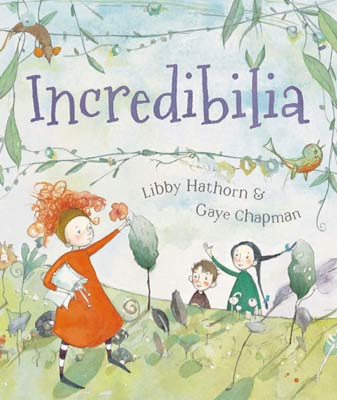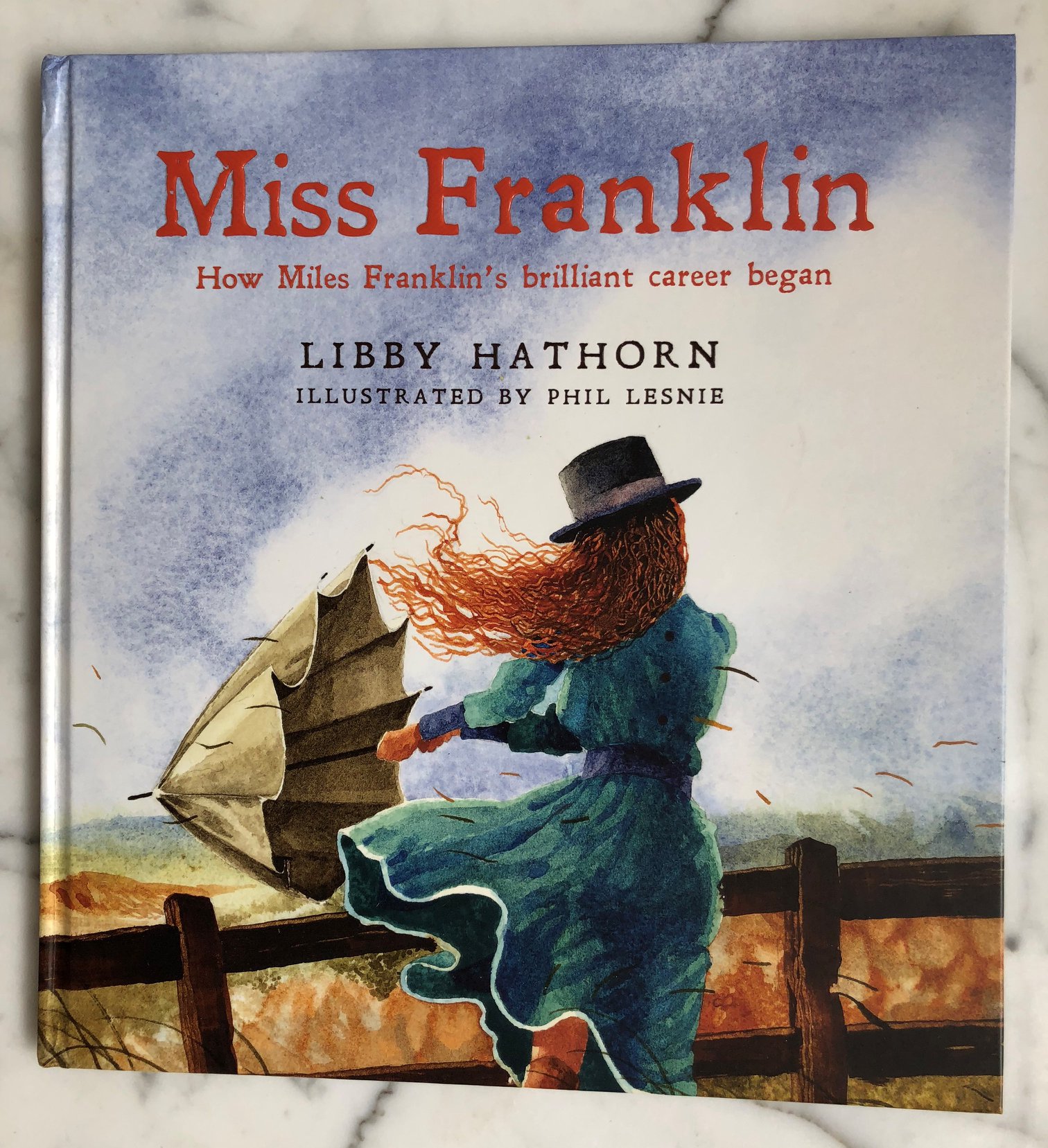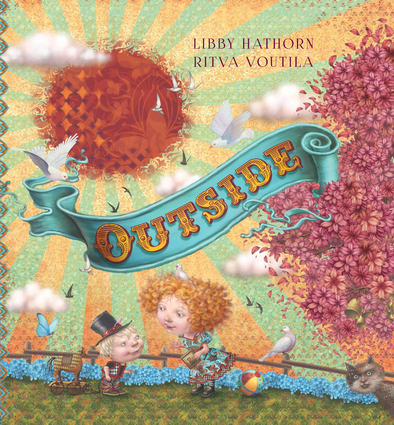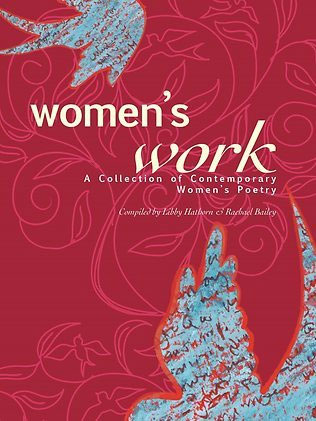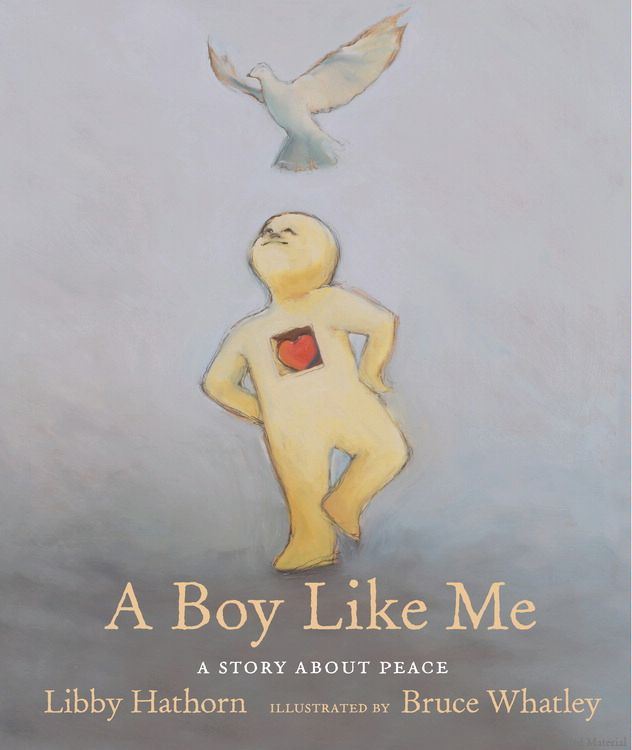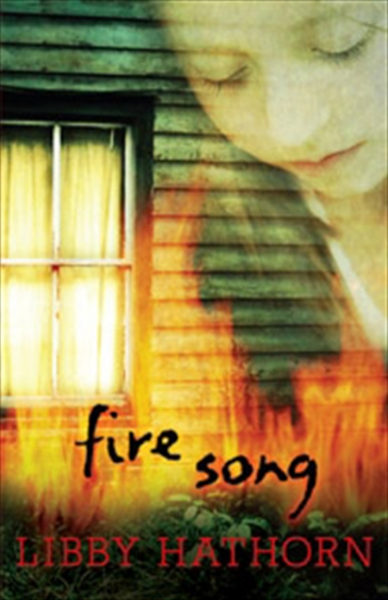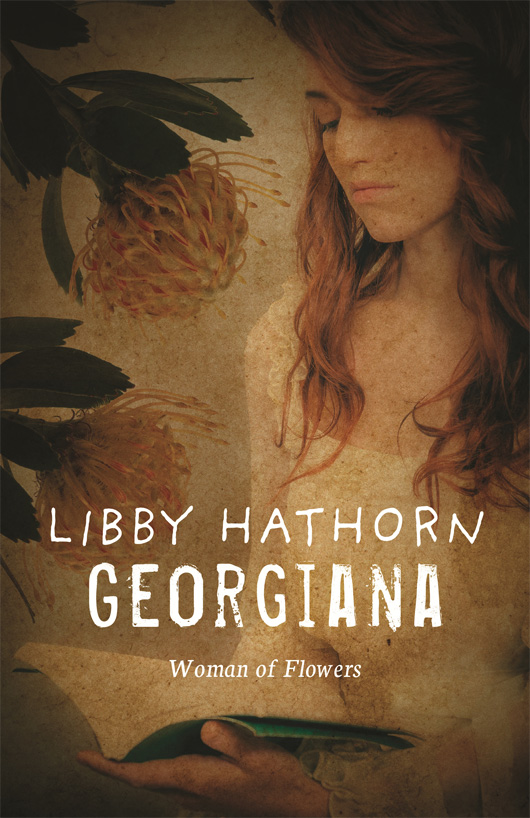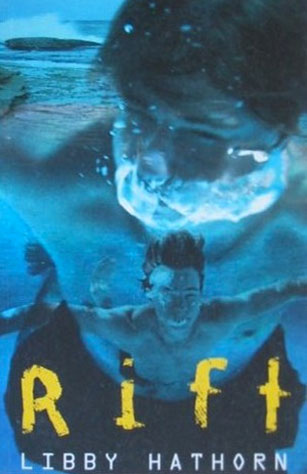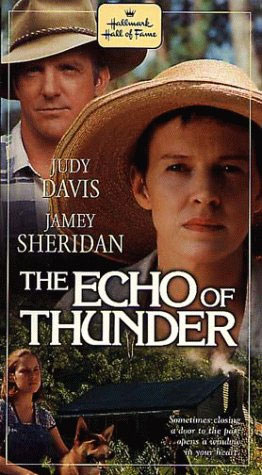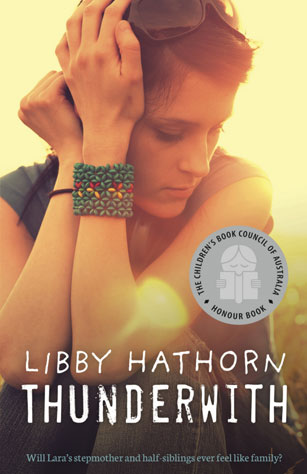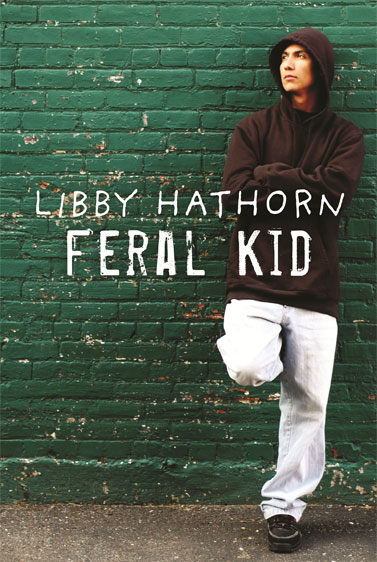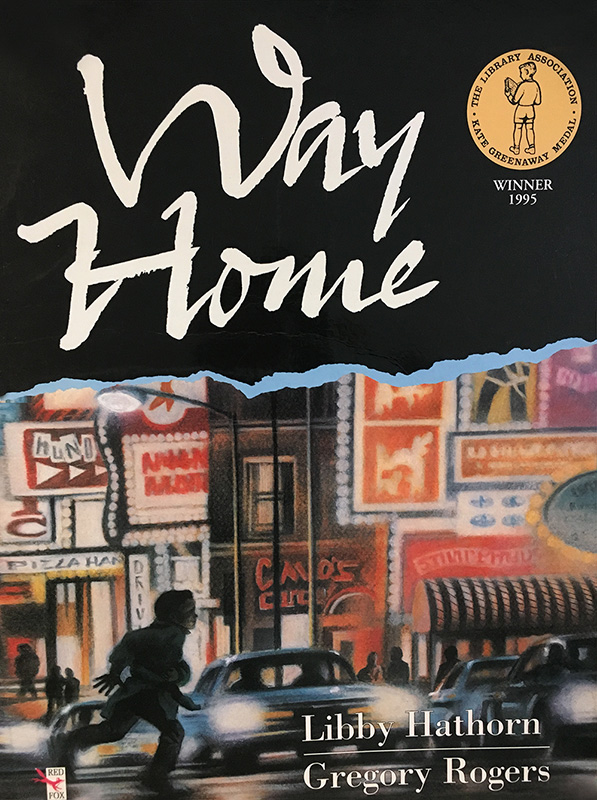Thank you for speaking with PaperbarkWords, Libby and Lisa.
Whose idea was the book and how did you collaborate?
We say the evolution of this book was organic. A retort of ‘No! Never!’ when Lisa’s 3 year old, Georgina, was asked to tidy away her toys seemed so funny at the time and when Lisa suggested to me it was a good idea for a children’s book, we set to work. We were already collaborating on a bush fantasy so we were used to each other’s working style – Lisa strong on humour and surprise, Libby strong on structure and format, both of us loving verse.
What is the significance of the title and the exclamation marks?
The way in which three and a half year old Georgie drew herself up to her full height and exclaimed quite firmly ‘No!’ paused, and then dramatically added ‘Never!’ A classic moment.
Which age group would you love to see No! Never! shared with?
We think it really suitable for ‘littlies’ and their parents and kids up to 7 years at least! In fact, wonderful for long-suffering parents and grandparents everywhere.
How have you been able to show the lovely relationships between Georgie and her family?
Geogie is obviously a well-loved child testing her independence and investigating the power of refusal. The frustrated parents are driven to working out a way to moderate this kind of behaviour, still trying to maintain the loving relationship with their young one, and yet teaching Georgie something important. Sometimes very tricky. It is, after all, a cautionary tale…
How and why have you used rhyme?
So satisfying to read out loud and have the children join in …
Your story has some clever twists. How have you been able to distil these into a short picture book?
A good picture storybook is like a good poem particularly in the way its conclusion is often a surprise and a rounding off. And every word counts. So we set the scene with lots of repetition for young ones who respond so well to it, and the story seemed to take off of its own accord in rhyme!
What do you hope children learn about the importance of words?
That words sing and have rhythm and have enormous power. In the case of No! Never! Georgie learns that ‘no’ can also hurt, but also that the right words can help breach any hurt!
How would you describe Mel’s illustration style, and why did you decide to accompany your words with this style of illustration?
An hilarious interpretation of our text, from Georgie herself to oh so frustrated parents, to the ever-present baby, to the very pictures on the wall. So full of verve and good humour, and oh so suitable! Would love to do a futher text with her on Manners Matter!
Libby, could you tell us about some of your other books across genres, including some of which you are particularly proud?
My best-seller Thunderwith now 30 years in print and having sold some 400,000 copies was made a movie by Hallmark Hall of Fame starring Judy Davis and is STILL in print. As well as a family story it ‘sings up’ the Australian bush.
Two of my most recent picturebook offerings A Soldier, a Dog and a Boy a tender Anzac story; and Miss Franklin, a slice of life of iconic writer Miles Franklin, are both illustrated by the remarkable artist Phil Lesnie.
An old favourite picturebook The Wonder Thing tells through Peter Gouldethorpe’s amazing artwork, how very precious water is.
Lisa, which of Libby’s books resonate most with you – now and growing up?
There are so many! Mum is so prolific and has a range in writing styles! Picturebook-wise, the first one that resonated in a serious way was Way Home, about a homeless boy, a stark yet hopeful Australian story. And of course, I loved Thunderwith book and movie! I also loved dipping in to the naughty tales of All About Anna. I loved Ghoststop too. More recently, with my small children my go-tos were The Great Big Animal Ask, A Baby for Loving, Incredibilia, and particularly Outside soon to be a music theatre piece. Also the house was always filled with poetry, such as Bellbirds, ‘By Channels of Coolness’ by Henry Kendall.
Thanks very much for your responses, Libby and Lisa, and all the best with your fun and thoughtful creation No! Never!
https://www.hachette.com.au/libby-hathorn-lisa-hathorn-jarman-mel-pearce/no-never
